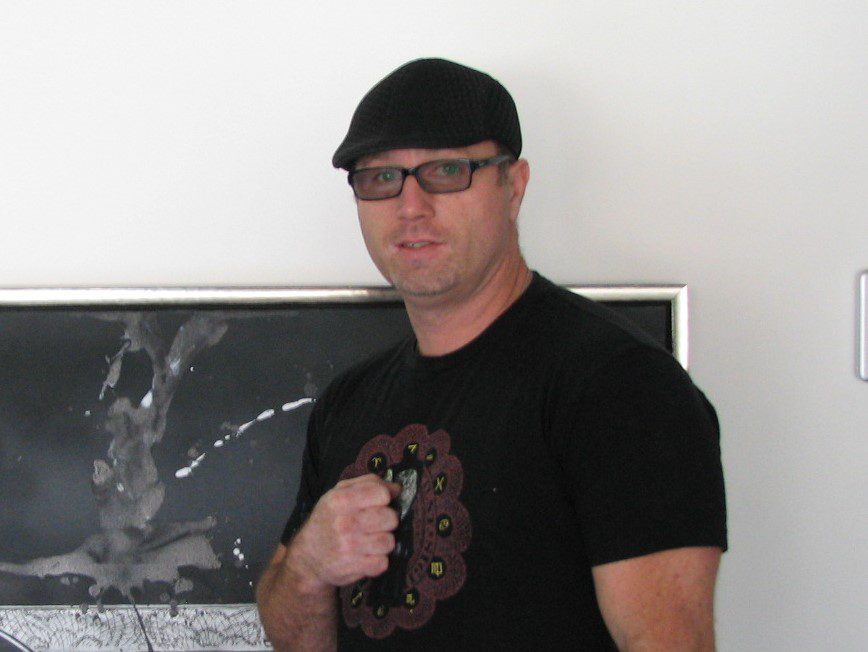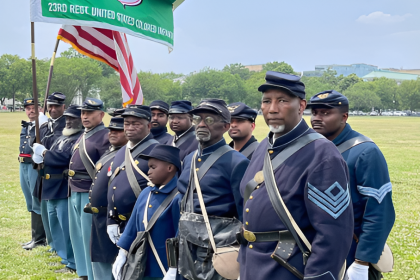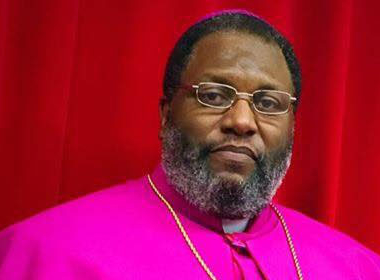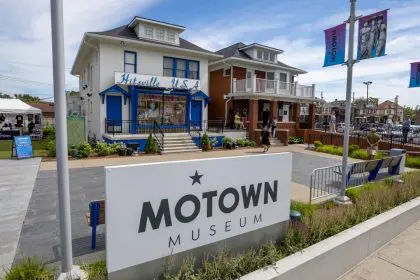
One Sunday morning, this past February, the local Chicago CBS station featured an interview with a gentleman who was considered the best counterfeiter in the business. If Horatio Alger Jr. was alive and looking for inspiration to write about, Arthur J. Williams Jr.’s story would be pure gold.
Williams is perhaps best known for being the counterfeiter who successfully replicated the 1996 hundred dollar bill, which was said to be impossible to replicate. Secret Service agents doggedly pursued Williams as he printed what some estimate to have been as much as $10 million in fake money. That relentless pursuit eventually led to a six and a half year federal prison stint for Williams.
After doing his time, Williams returned to the community he grew up in and opened an art gallery. His hope is to encourage others to avoid the pitfalls he encountered as a youth.
What was life like in prison?
I had gone to prison twice for counterfeiting. The first time was with my dad for 36 months and the second time I went down it was for seven years. I knew I had to make a change. I watched my kids grow up with me not being there for them. In prison, there is not a lot to do. There is not a structure or program to help a person become better when they get out. And when you are released you are thrown into a world where you have all these responsibilities and most people get overloaded and go back to prison.
How did you develop your talent for the visual arts?
In prison, I started reading a lot of biographies — any biography I could lay my hands on. Then I came across a book called, Agony and Ecstasy, about Michelangelo. I fell in love with it. I felt like I was there. It allowed me to escape prison for the time I was reading. Then I started reading about Da Vinci and got all the books on how he painted and I started painting. I was learning from the things I was reading and applying them to my art and then applying them to my character.
Why did you open the Da Vinci Gallery and what is its purpose?
This all kicked off two years ago after I met Arnold Schwarzenegger’s people and we started raising money for children. I raised more than $200,000 with my art, which blew me away. So, instead of buying a new car, watches—material things—I decided I wanted an art gallery. I wanted to stay in Bridgeport. I wanted to stay in my neighborhood and help make the change. And if I can get kids in here and they are learning to paint and even if it saves one of them, I feel I have fulfilled my purpose on this planet.
By appointment Da Vinci Gallery, 3224 S Morgan Street, Chicago, Illinois 60608, [email protected], 833-AWJ-ART133













